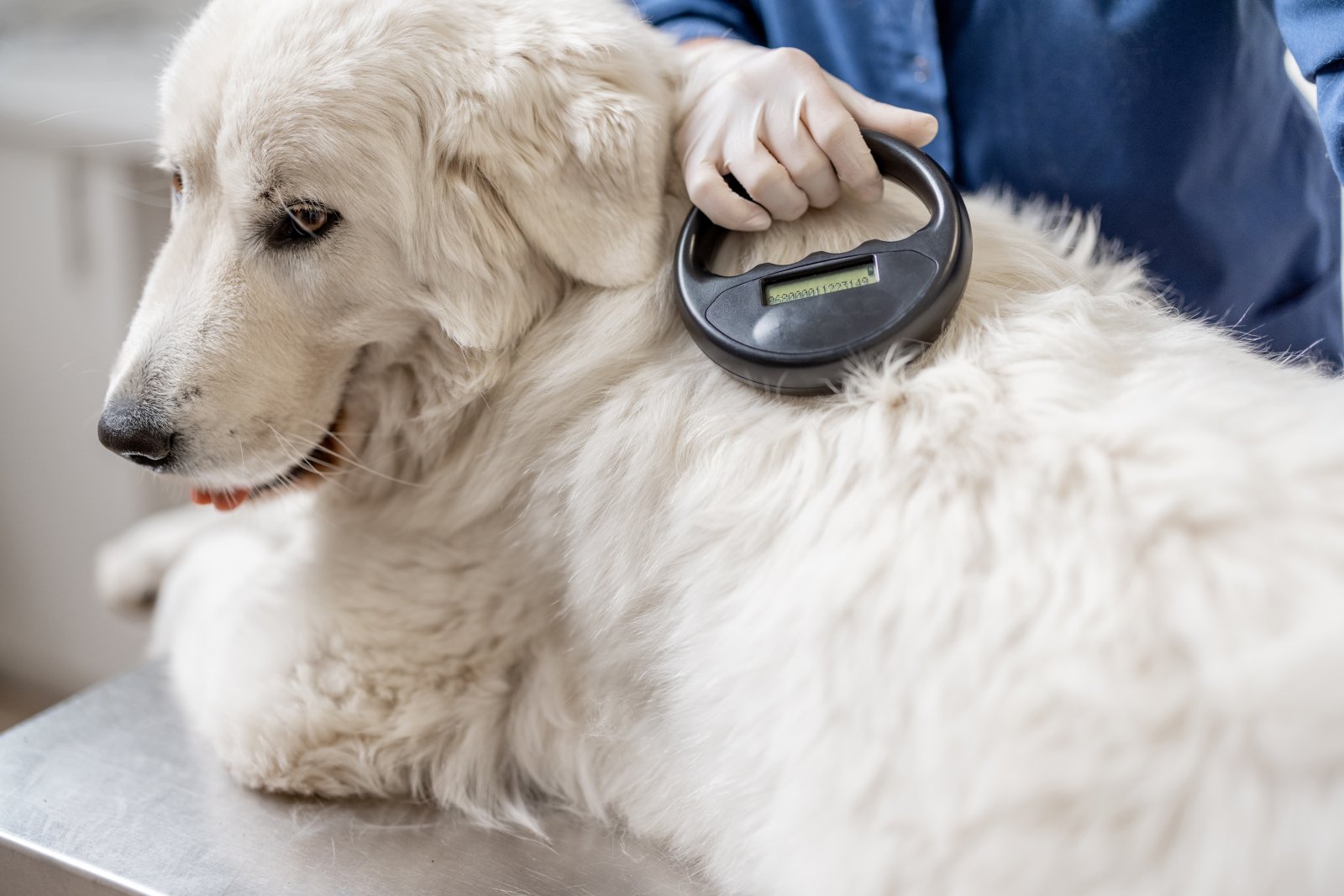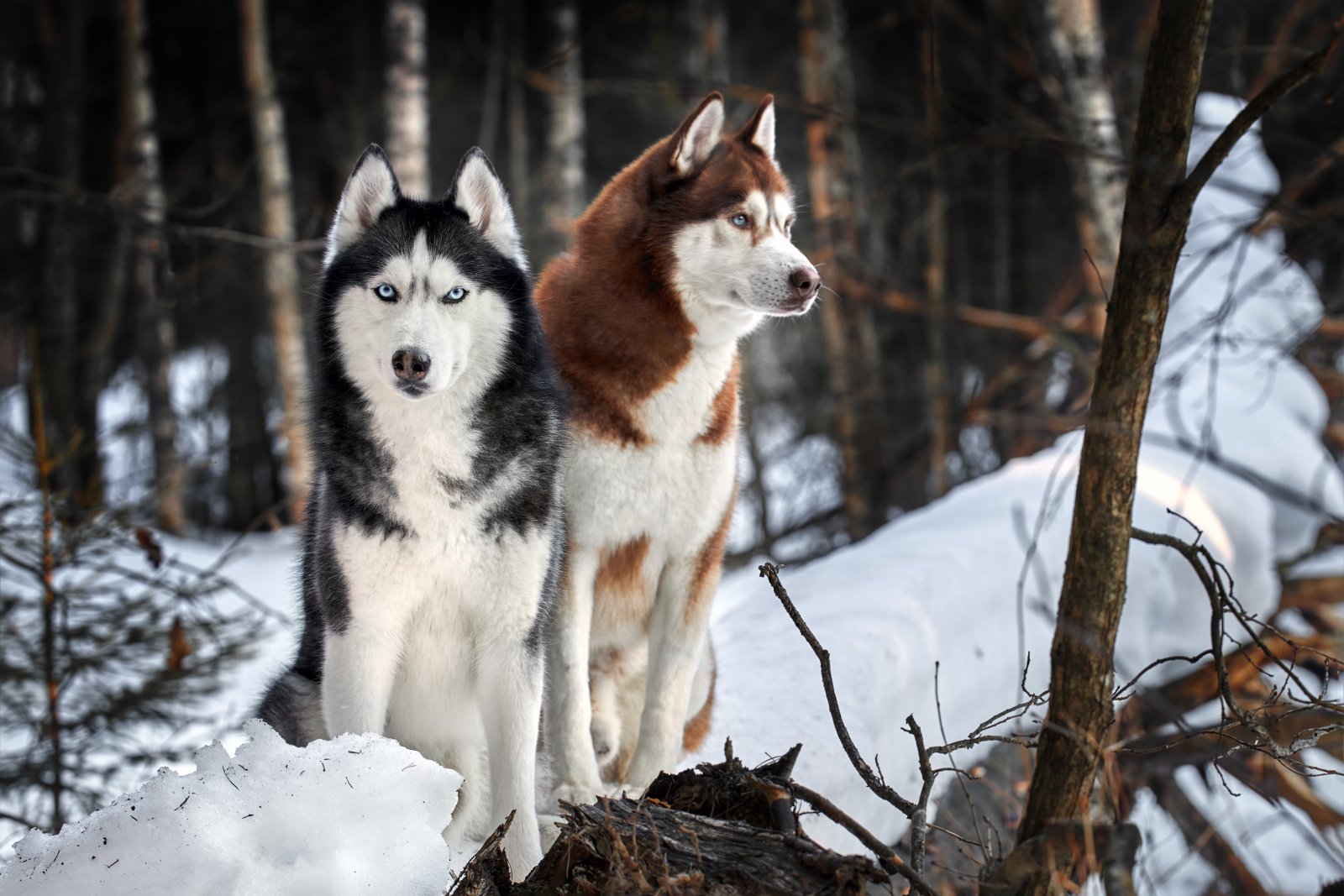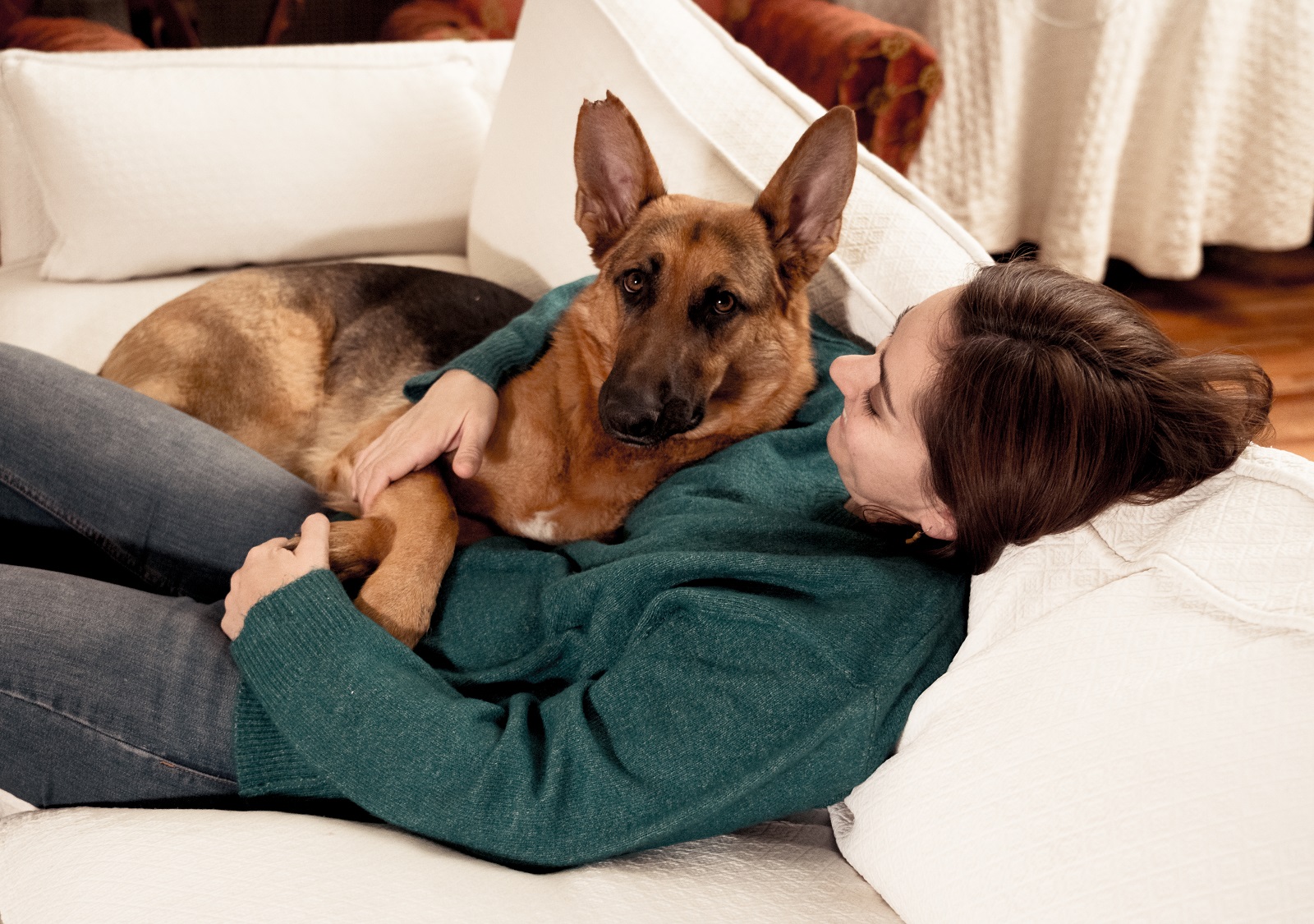Navigating dog ownership in the UK involves understanding which breeds are restricted and why. Whether due to legal regulations or societal concerns, here are the dog breeds that are either banned or have high bite rates, causing significant concern.
1. Pit Bull Terrier

Pit Bull Terriers are banned under the Dangerous Dogs Act 1991 due to their history of being bred for fighting. Ownership, breeding, and sale of these dogs are strictly prohibited.
2. Japanese Tosa

The Japanese Tosa is another breed banned for its aggressive tendencies and history in dog fighting. Keeping this breed is illegal in the UK.
3. Dogo Argentino

Originally bred for big-game hunting, the Dogo Argentino is prohibited due to its strength and potential for aggression.
4. Fila Brasileiro

The Fila Brasileiro, or Brazilian Mastiff, is banned because of its aggressive guarding instincts and potential danger to the public.
5. XL Bully

Recently added to the list, the XL Bully is banned from 2024 due to concerns over its size and strength, which can pose significant risks if not properly controlled.
6. Why These Breeds Are Banned

The Dangerous Dogs Act 1991 aims to protect the public from dog attacks by banning breeds deemed particularly dangerous. These breeds were chosen based on their history of aggression, strength, and potential to cause serious harm. The law also allows for the seizure and destruction of these dogs if found in the UK.
7. Legal Implications for Owners

Owning a banned breed can result in severe penalties, including unlimited fines and up to six months in prison. Dogs found to be of these breeds can be seized by authorities and may be euthanized if not exempted under strict conditions, such as being kept on a lead and muzzled in public.
8. Responsibilities of Current Owners

Owners of banned breeds who obtained their dogs before the bans came into effect may apply for an exemption. However, these dogs must be neutered, microchipped, and insured. They must also be kept on a lead and muzzled in public at all times.
9. Enforcement and Reporting

Local authorities and police actively enforce these regulations. If you believe you own a banned breed or know someone who does, it is crucial to contact local authorities or the police to avoid legal repercussions.
10. How to Identify Banned Breeds

Identification of a banned breed is based on physical characteristics rather than specific pedigree. Even mixed-breed dogs can be classified as banned if they share significant traits with prohibited breeds. It’s essential to be aware of these characteristics to ensure compliance with the law.
11. Penalties for Non-Compliance

Non-compliance with the Dangerous Dogs Act can lead to severe legal consequences. Besides fines and imprisonment, owners may face bans from owning dogs in the future. Ensuring that your dog does not pose a risk to the public is a key responsibility.
12. Rottweiler

Rottweilers, although not banned, are often highlighted due to their powerful build and protective instincts. They have a significant number of reported bite incidents annually.
13. German Shepherd

While not banned, German Shepherds have a high bite rate. Known for their protective nature, they require extensive training and socialization to prevent aggressive behavior.
14. Staffordshire Bull Terrier

Staffordshire Bull Terriers are not banned, but their association with aggressive incidents places them under scrutiny. Proper training and socialization are crucial for these dogs.
15. Bullmastiff

Bullmastiffs are large and strong, capable of inflicting serious injury if they attack. They require experienced handling to ensure they are safe family pets.
16. Husky

Huskies, known for their high energy and strong prey drive, have been involved in incidents of aggression. They need ample exercise and training to manage their behavior.
17. Chow Chow

Chow Chows can be aloof and aggressive towards strangers, leading to a higher incidence of bites. Their strong-willed nature requires firm training and socialization.
18. Akita

Akitas are known for their dominant behavior and potential for aggression if not properly managed. They have been involved in several attack cases.
19. Boxer

Boxers, while generally friendly, can become aggressive if not adequately trained. They have a notable bite rate, particularly around children.
20. Alaskan Malamute

Similar to Huskies, Alaskan Malamutes have a strong prey drive and can become aggressive if not properly exercised and trained.
21. Labrador Retriever

Labradors, generally considered gentle, have a surprisingly high bite rate. This is often due to their popularity and the number of Labradors in the UK.
Public Safety and Dog Ownership

The primary goal of these regulations is to ensure public safety. Responsible dog ownership, including proper training and socialisation, is essential for all breeds, not just those that are banned. Understanding and adhering to these laws is a critical aspect of being a pet owner in the UK.
Featured Image Credit: Shutterstock / Eve Photography.
For transparency, this content was partly developed with AI assistance and carefully curated by an experienced editor to be informative and ensure accuracy.

